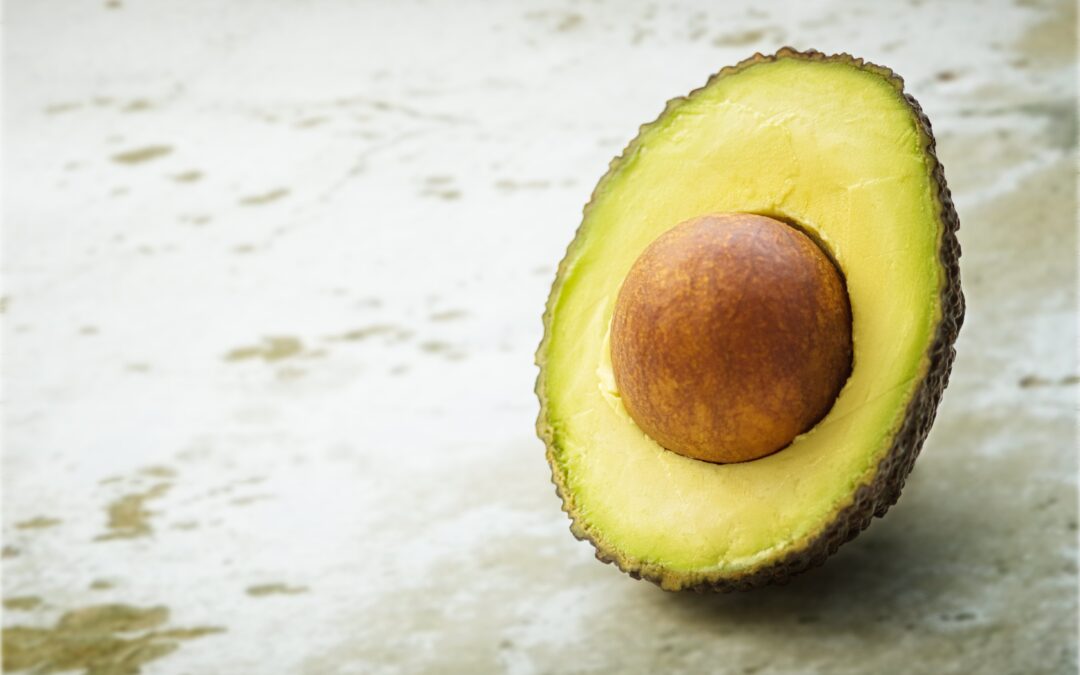Mariana Purnell
CONTRIBUTOR
The total avocado import volume in China has been continuously increasing and the demand for ready-to-eat avocado and year-round availability from different countries is soaring.
As the world’s ninth biggest avocado exporter, South Africa traditionally supplies the EU and UK markets. But now a new opportunity winks in the east that could have huge economic and social impacts on local producers. Avocados are not a well-known product in China, but consumer awareness is improving and consumption trends are growing.
According to Clive Garrett, Director of the World Avocado Organisation, world trade in avocado is escalating as evidenced by a growth rate of 12% per year since 2011/12 compared to global fruit trade growth of only 2,1%. By 2020/21 the turnover had grown from US$ 4,8 billion (about R89,76 billion) to US$ 69 billion (about R129 billion) with 2,5 million tons of avocado being exported. This made up 3,6% of international fruit trade and in financial terms amounts to 8% of all fruit trade.
World trade is dominated by Mexico, accounting for 60%, and Peru with 22% of exported volumes. Last year, 6% came from Africa – Kenya led with 95 000 tons followed by South Africa with 61 000 tons. About half of all world exports go to the USA and one third to the EU and the UK, thus accounting for 80% of all avocado exports. The other 20% is exported to the rest of the world.
China currently imports avocados mainly from Peru with smaller volumes coming from Chile and Mexico. Over the last year, China’s imports from Kenya jumped from zero to a value of over US$ 7,6 million (about R142,1 million). While the total import volume in China has been continuously increasing and has reached almost 60 000 tons valued at US$1,2 million (about R22,44 million), the demand for ready-to-eat avocado and year-round availability from different countries is soaring.
The shipping schedule from South Africa to China is about 15 to 20 days, which is shorter than from other Southern hemisphere countries like Peru and Chile. Because of this advantage in shipping time, South African producers are eagerly looking to the east and engaging in careful communication with China’s buyers as the potential of this major consumer of agricultural products to both make and break markets is well known.
To pursue this new market opportunity, three major role players in local avocado production, namely The Fruit Farm Group South Africa, Halls Fresh Produce South Africa and ZZ2, are engaging with Chinese buyers. In a recent webinar facilitated by Mabel Zhuang, China Country Manager of the International Fresh Produce Association (IFPA), they confirmed that South Africa currently has a total of 19 091 hectares under avocados with production widely distributed throughout the country – about 53% from Limpopo, followed by Mpumalanga 22%, KwaZulu-Natal 19%, Western Cape 5% and Eastern Cape 1%. More than 50% of the avocados produced are of the Hass variety while the rest are green skin varieties like Fuerte and Pinkerton.
Some of the top avocado buyers in China, Yonghui Superstores, Shanghai Supafresh and Halls China, informed local suppliers of their plans for promotion by expanding to second and third tier cities. Customer relationship management is high on the agenda. Numerous media channels are used with TikTok being exceptionally influential. Direct marketing materials such as brochures with information on nutritional value and product selection according to colour and skin texture are also made available to customers. To support the wide marketing scope via juice bars, food service, offline retail, new retail and e-commerce, influencers and live broadcasts are employed.
Research and development support the marketing efforts and focus on expanding the application of avocado by Chinese consumers. The stores are advised on how to brand and promote avocados through their customer service with recipe ideas, especially seasonal recipes and mixing avocado with other seasonal vegetables. Smoothies, ice creams, cakes and even coffee mixed with avocado appear on the menu. One of these companies even has self-developed ripening facilities.
It appears that the Chinese consumer will soon become a discerning avocado buyer. South Africa’s focus should be on marketing avocado as a superfood whilst seriously considering quality and customer requirements, optimal fruit maturity and specifications as well as presentation. Timing and year-round supply windows into the market may become a customer demand.
Looking ahead, one cannot ignore the increasing importance of environmental ratings and a product’s ecological footprint, suggesting that these factors will play a significant role in consumers’ decision-making processes. It will be important for local exporters to note the required accreditations and protocols, including China post-harvest protocols when the new season starts in February.
In addition to the Chinese market, the expansion of the BRICS grouping as from 2024 and the latest intra-BRICS agreement on coordination on sanitary and phytosanitary (SPS) administrative processes opens the door for even more exports of South African agricultural products even though it is not strictly a trade agreement.

